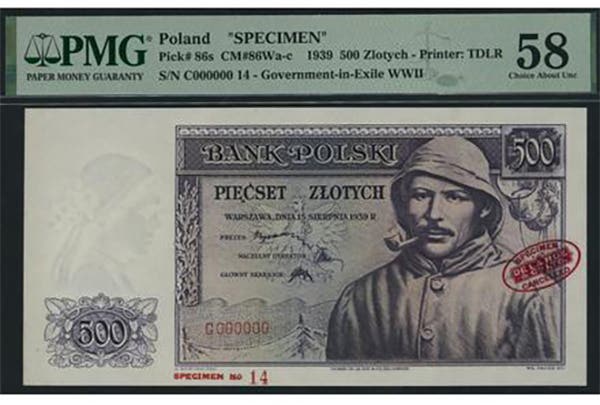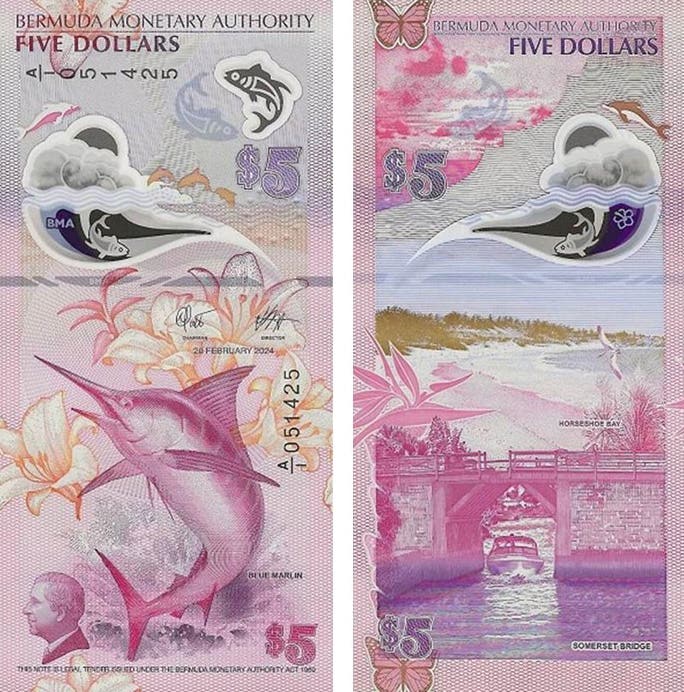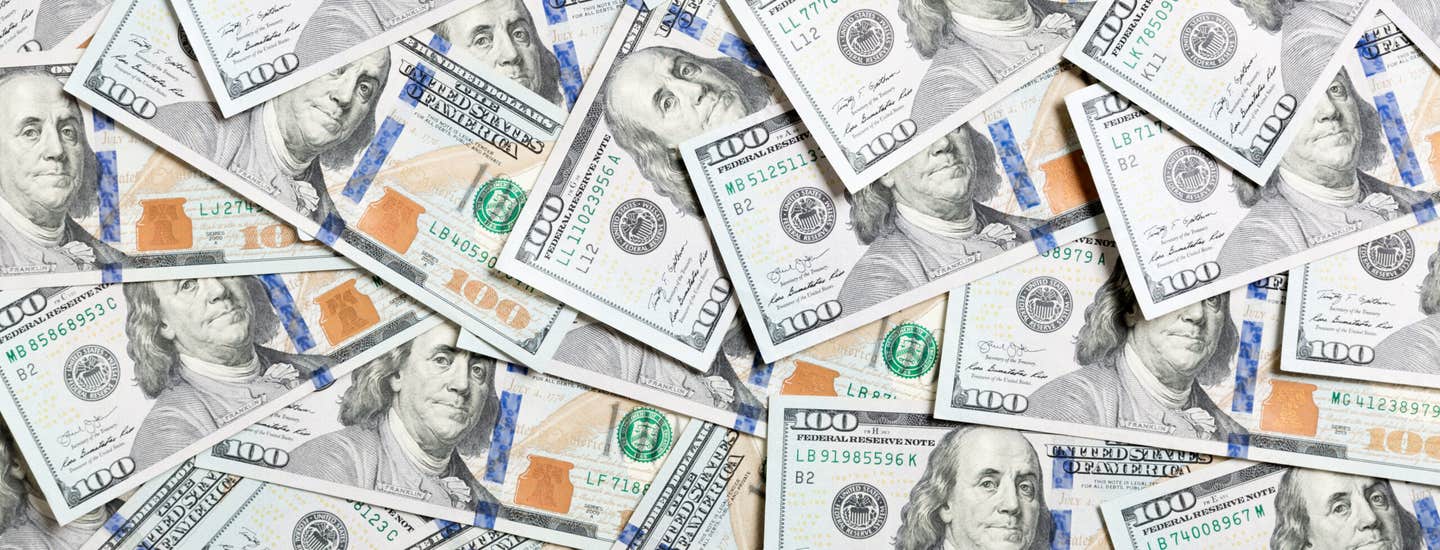Value of a bank note please? My note has a blue, yellow, brown or red seal?
My bank note has a blue (brown, yellow, red) seal? Since Series of 1966, the federal government of the United States has only printed and issued for circulation notes with…
My bank note has a blue (brown, yellow, red) seal?
Since Series of 1966, the federal government of the United States has only printed and issued for circulation notes with the Treasury seal in green - They are Federal Reserve Notes.
Since 1928, bank notes of the United States have been printed in this small size format. Prior to series of 1966, there were several different types of these small size notes, depending on the issuing authority or the type of backing of the currency, these have different colors to the Treasury Seal. No mater what color seal, all of these notes are still legal tender for their face value.
National Currency, called by collectors National Bank notes, have brown seals. These were issued in the small size format with a series date of 1929, and come in two types depending on the format of the serial number and bank charter number. Although printed by the federal government, were issued into circulation by local banks that held a federal charter, naming them as National Banks. The note issue was backed by government bonds which the named bank bought. Although dated 1929, they were released by banks until the early 1930s. Many towns still have a National Bank, and if they are old enough, may have issued a bank note with their name on it.
Yellow seal notes are called Gold Certificates. The only ones available to collectors in the small size format are series 1928 (a series 1934 was prepared, but not released). Until 1933, when the United States was taken off the gold standard, there was a dollar worth of gold held by the government for every dollar gold certificate in circulation.
Blue seal notes were made until series 1963 and these notes are called Silver Certificates. At one time there was a dollar worth of silver held by the federal government for each silver certificate in circulation.
Red seal notes are labeled United States Notes at the top, and are often called Legal Tender notes by collectors. These were printed with series dates ending with 1966. The note issue was backed by bonds.
During World War II, the US military personel serving in North Africa were paid with Silver Certificates which had yellow seal. Those notes above $5. which circulated in Hawaii were Federal Reserve notes with brown seals. They also used $1 Silver Certificates with a brown seal. This was done in case large amounts of currency were confiscated by enemy forces. The Federal Goverment would have invalidated the issue thus causing no financial gain by the enemy. From 1946 thru 1973 American troops serving overseas were paid in Military Payment Certificates, which have been discussed in a previous posting.
Large and Small size currency of the United States are discussed in Arthur and Ira Friedberg's Paper Money of the United States published by the Coin and Currency Institute. Krause Publications publishes the Standard Catalog of United States Paper Money, by George Cuhaj (Hey that's me!) and William Brandimore (now in Full Color!)(Includes large and small size currency, and star note pricing), as well as the Standard Guide to Small Size U.S. Paper Money by John Schwartz and Scott Lindquist (Includes serial number block run pricing, as well as star note print runs and prices). Finally, BNR Press prints the Comprehensive Catalog of U.S. Paper Money by Carlson Chambliss.
All of the note illustrations in this particular blog posting are from Lyn Knight Currency Auctions.
George








